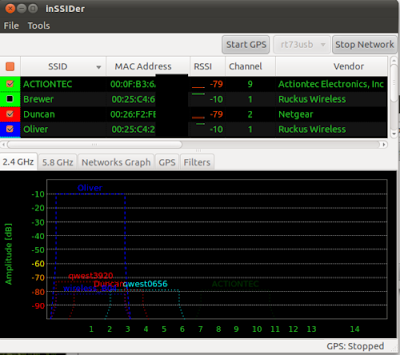Creating a USB Boot CD that can be used to boot your Ubuntu Live 11.10 USB Flash Drive from a PC or Mac with a BIOS that doesn't natively support booting from a USB device (USB drivers are loaded from CD). I used a Macbook Pro to test this tutorial. This process is similar to our older USB Boot CD for Ubuntu tutorial, with new requirements added to make it work with 11.10. A boot menu option has been included for booting from a Macbook (forcing bypass of the Nouveau nVidia drivers, which do not play well with a Macbook.).
Boot CD for Ubuntu 11.10 USB Prerequisites:
1.PC or Macbook that can Boot from a Live CD
2.USB flash drive with Ubuntu preinstalled
3.Working CD Burner and USB Port
4.Active Internet Connection
Making a USB Boot CD to Boot Ubuntu 11.10 from a Flash Drive
Note: I prefer to perform the following steps by booting from a prebuilt Live Ubuntu Flash Drive created using UUI, using a machine that does support booting from USB. This allows us to free up the CD Burner and use it to burn the final ISO.
1.Insert your Ubuntu Live USB (or Ubuntu CD) and restart your computer, booting from the CD or USB
2Open a Terminal
3.Type sudo apt-get update
4.Type sudo apt-get install --reinstall nvidia-current grub
5.Type mkdir -p ubcd/boot/grub
6.Type cp /usr/lib/grub/i386-pc/stage2_eltorito ubcd/boot/grub
7.Type gedit ubcd/boot/grub/menu.lst
Add the following information to your menu.lst file and click save:
title Start Ubuntu from USB DISK (MACBOOK)
root (cd)
kernel /boot/vmlinuz file=/cdrom/preseed/ubuntu.seed boot=casper noprompt cdrom-detect/try-usb=true persistent nouveau.noaccel=1 blacklist=vga16fb
initrd /boot/initrd.lz
boot
title Start Ubuntu from USB DISK (PC)
root (cd)
kernel /boot/vmlinuz file=/cdrom/preseed/ubuntu.seed boot=casper noprompt cdrom-detect/try-usb=true persistent
initrd /boot/initrd.lz
boot
1.Type cp /cdrom/casper/vmlinuz ~/ubcd/boot
2.Type sudo gedit /etc/initramfs-tools/modules
Add the following lines to the modules file and click save:
usbcore
usb-storage
uhci_hcd
ohci_hcd
ehci_hcd
sd_mod
scsi_mod
3.Type sudo gedit /etc/initramfs-tools/initramfs.conf
Add the following line to the bottom of the file and click save:
4.Type sudo mkinitramfs -o ubcd/boot/initrd.lz
5.Type mkisofs -R -b boot/grub/stage2_eltorito -no-emul-boot -boot-load-size 4 -boot-info-table -o usbcd.iso ubcd
6.Insert a blank CD and type brasero -i usbcd.iso (to burn the usbcd.iso to a CD)









 4:32 PM
4:32 PM
 Unknown
Unknown
























